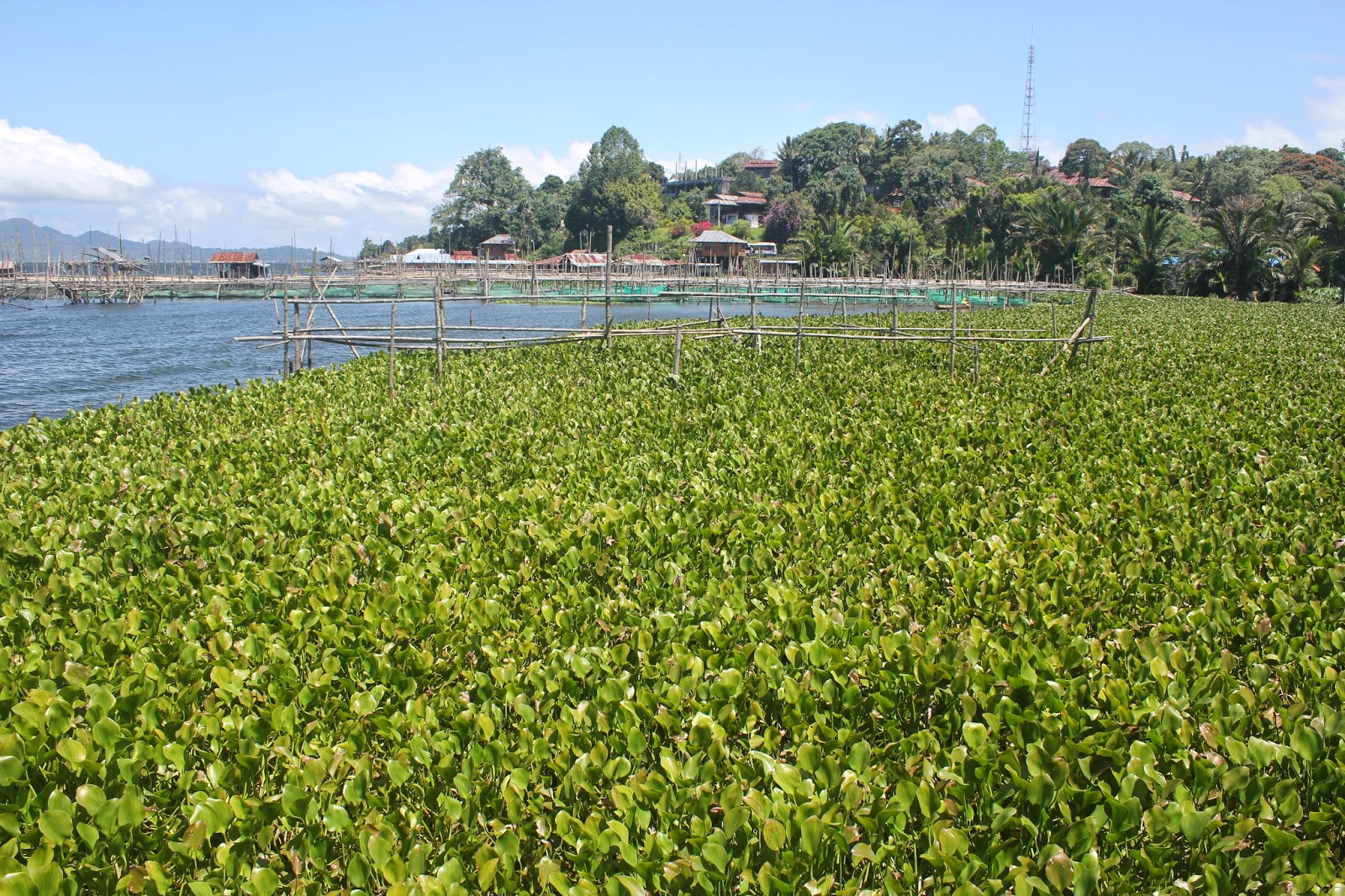Together we bend over the phone, but the map is not of much help. It shows a muddle of small roads without any names, landmarks, or anything else recognisable. When I asked Indah for her address, she shrugged. Her village does not have names or numbers. In vain we search for any pointers. Finally, we agree on meeting her and her uncle tomorrow by the sugar cane factory half an hour away. He will lead the way on his scooter.
Indah, cleans, washes and babysits at out Singapore house, and visiting her village is the end, and the highlight, of our Java trip. Not only because we get to see her beautiful yellow house, the charming and quiet village surrounded by rice fields, but also because we have been invited to attend Indah's friend's village wedding.
We are the first ‘white people’ to visit this village, in the Karang Anyar area near Solo, so we are quite a sight. Indah’s uncle stares into Linde’s eyes, and asks what we put in them to make that icy blue colour. Because of my six foot height and long legs, girls giggle I look like a Barbie doll.
All the aunties and uncles spoil our kids with boiled soy beans, krupuk and sugary sweets and cuddles. The lunch we get served, cooked by Indah’s aunties, is the best we had in Java. My favourite crispy fried tempeh, pecel vegetables with peanut sauce, tapioca leaves in coconut milk, krupuk and chicken for the kids.
Indah tells us that this morning her auntie tried to catch one of the kampong chickens roaming around the house for us. It fled into a tree, and Indah bought a chicken at the market instead.
The music down the road lures us to the wedding. There is a band, a traditional gamelan orchestra, three professional singers, and a sound system that could blast across the sea to Singapore. The guests sit waiting, women in colourful kebaya’s on one side, men in batik shirt and black peci caps on the other.
The wedding has not yet started, and we are whisked into the bride’s neighbour’s house to greet the happy couple, just in time to see her traditional make up being applied. The couple looks stunning in their blue robes; both bride and groom heavily made up, and decorated with long tresses of sweet smelling jasmine flowers.
At first uncertain whether we are welcome, we are quickly put at ease (and slightly embarrassed) as we are ushered in as guest of honour, with special seats reserved next to the bride’s parents. During the lengthy ceremony we will be showered with sweet tea, food and snacks.
The bride’s house has been remodelled with superb woodcarvings and wooden thrones, and is decorated with bamboo, fruit and flower ornaments. A wedding planner walks around, directing all the guests in their roles, whipping the bride into shape if she slacks from her upright position for just a minute.
Halfway the formal ceremony a lady comes over to invite me to come and see the kitchen, bring your camera, she points, and smiles. Behind the scenes are as many people as in front. These are the villagers, explains Indah, traditional Javanese weddings are a village affair, and everyone helps out. Dozens of ladies cook, scoop and prepare food, which gets served out by lads in matching pink shirts. Everyone smiles from the excitement of me dropping by, and I need to taste all the delicacies. In the corner more ladies wrap left over food in djati leafs, which we will be handed to leaving guests.
Back at the wedding, the official ceremony gets wrapped up by the couple having their pictures taken, and then leaving to get changed in another stunning outfit. In the meanwhile the singers entertain the guests, and food gets served. By now I have eaten more than I normally would in a day, but it just keeps coming.
The bride and groom return in gold, and we make more pictures while some of the guests have a go at the microphone. They try to coax me to sing a tune as well, but I shake my head, grinning. It would not be pretty.
When the wedding is over we press thick red packets into the hands of the bride, happy and thankful to have been part of their amazing day. Later, on our walk around the village we encounter the groom on his scooter. We struggle to recognise him at first in a simple t-shirt and without his make-up. He grins shyly, and we wave and thank him again. They will later go over to his village to celebrate again. We are off too, back to Singapore, where we can look at the pictures and marvel at this amazing day that we wil never forget.

















































